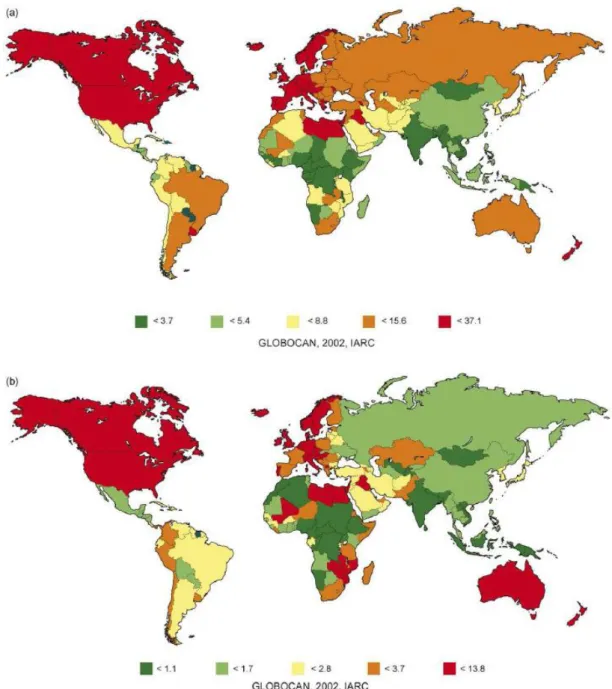Carcinoma Urotelial da Bexiga e Via de Sinalização mTOR
Texto
Imagem




Documentos relacionados
Objectives: To evaluate the frequency of invasion of the thyroid gland in patients with advanced laryngeal or hypopharyngeal squamous cell carcinoma submitted to total laryngectomy
The Role of Liver Transplantation Techniques in the Surgical Management of Advanced Renal Urothelial Carcinoma with or without Inferior Vena Cava Thrombus..
Patients and Methods: NBI and WL were performed in 27 patients at our university teaching hospital, 14 with known cases of upper urinary tract transitional-cell carcinoma (UUT-TCC)
While the role and the extent of lymph- adenectomy for upper tract urothelial carcinoma has not been clearly elucidated (compared to cystectomy for bladder urothelial carcinoma), a
Adjuvant systemic chemotherapy in the treatment of patients with invasive transitional cell carcinoma of the upper urinary tract.. Babjuk M, Burger M, Zigeuner R, Shariat SF,
Phase III trial of bevacizumab plus interferon alfa versus interferon alfa monotherapy in patients with metastatic renal cell carcinoma: final results of CALGB 90206.
Carbonic anhydrase IX as a potential biomarker of efficacy in metastatic clear-cell renal cell carcinoma patients receiving sorafenib or placebo: analysis from the
The 3 cinase via phosphatidylinositol PI3K/AKT (cinase protein b) target of rapamycin in mammals (m-TOR) is an important pathway involved in cell growth, tumorigenesis, cell





